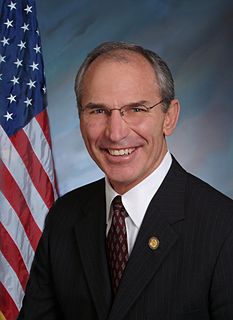A Quote by Sanjaya Baru
The liberal fiscal spending of the 2004-08 period was made possible both by rising government revenues and national income growth and by relative comfort on the external side. After 2009,these pillars of growth began to wobble. By 2012, they were shaking.
Related Quotes
From 2008 to 2016 all the growth in the American economy, all the growth in national income, was earned just by the wealthiest 5% of the population. So they got all the growth. 95% of the population didn't grow. If you can get a flat tax or other lower tax, as Trump is suggesting, then this richest 5% will be able to keep even more money. That means that the 95% will be even poorer than they were before, relative to the very top.
America's peak years of indigenous innovation ran from the 1820s to the 1960s. There were a few financial panics and two depressions, to be sure. But in this period, a frenzy of creative activity, economic competition and rapid growth in national income provided widening economic inclusion, rising wages for all, and engaging careers for most.
For the three decades after WWII, incomes grew at about 3 percent a year for people up and down the income ladder, but since then most income growth has occurred among the top quintile. And among that group, most of the income growth has occurred among the top 5 percent. The pattern repeats itself all the way up. Most of the growth among the top 5 percent has been among the top 1 percent, and most of the growth among that group has been among the top one-tenth of one percent.



































